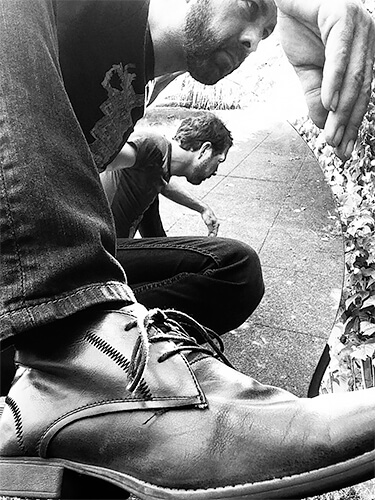With a long, accomplished career in music, Doran Bastin is most recently furthering his creative explorations through photography - a medium that continues to keep pace alongside music, facing with similar strengths, challenges, and opportunities.
Known for his black and white urban landscapes Doran approaches the medium and his subjects with a keen, compassionate eye; finding intimate moments in some of the most unlikely places. Inspired by luminaries such as Lee Friedlander and Garry Winogrand, his photographs capture humanity, growth, and change in the Pacific Northwest, specifically in Seattle, Washington and Portland, Oregon where he divides his time.
His recent work has been featured in Photographic Center Northwest's Long Shot exhibition, Daylighted, awarded third place in the 2016 Collective Visions Gallery annual exhibition, and Jurors Merit Award in the International All About Photo 2017 Awards. Doran is a scrum master by day, a musician by night, and a photographer at heart.
